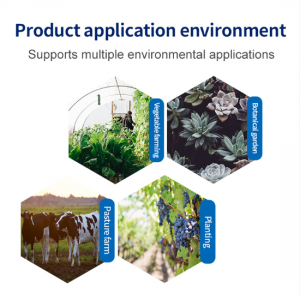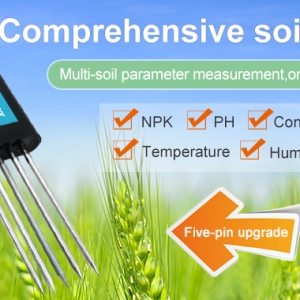Liquid level sensors are essential components in various industrial applications, from monitoring fluid levels in storage tanks to ensuring proper circulation in water treatment systems. Their ability to accurately measure and transmit liquid levels is crucial for maintaining process control, preventing overflow or underflow conditions, and ensuring safety. To ensure optimal performance, proper installation and calibration of liquid level sensors are essential.
Understanding Liquid Level Sensor Types
Before embarking on the installation and calibration process, it is essential to understand the different types of liquid level sensors available and their suitability for specific applications. The most common types include:
1. Float Level Sensors: These sensors utilize a buoyant float that rises and falls with the liquid level, directly or indirectly activating a switch or transmitter. They are simple and reliable, but their accuracy can be affected by the fluid's viscosity and density.
2. Capacitive Level Sensors: These sensors rely on the change in capacitance between two electrodes embedded within the tank as the fluid level changes. They are highly accurate and unaffected by fluid properties, but they may be susceptible to electrical interference.
3. Ultrasonic Level Sensors: These sensors transmit ultrasonic pulses to the liquid surface and measure the time it takes for the reflected pulses to return. They provide non-contact measurement and are unaffected by fluid properties, but they may be influenced by tank geometry and fluid turbulence.
4. Magnetic Level Sensors: These sensors transmit a magnetic field across a tank and detect the presence or absence of a magnet attached to a float or probe. They are simple and reliable, but they may not be suitable for all fluid types.
5. Vortex Flowmeters: These sensors measure the rate of fluid flow, which is related to the liquid level. They are accurate and unaffected by fluid properties, but they are typically used for continuous flow monitoring rather than discrete level measurement.
Installation Considerations
Proper installation ensures that the liquid level sensor accurately reflects the actual liquid level and avoids potential hazards. Here are essential installation guidelines to follow:
1. Selection and Placement: Choose the appropriate sensor type based on the application's requirements and fluid characteristics. Position the sensor at a location where it can reliably measure the desired range of liquid levels.
2. Mounting and Alignment: Securely mount the sensor to the tank or vessel, ensuring proper alignment with the liquid surface. Use mounting hardware that can withstand the expected environmental conditions and fluid pressures.
3. Tubing and Sealing: Install appropriate tubing to connect the sensor to the tank or vessel, ensuring a leak-proof seal. Use compatible sealants and gaskets that can withstand the fluid's properties and temperature range.
4. Electrical Connections: Make proper electrical connections to the sensor according to the manufacturer's specifications. Use shielded cables and grounding techniques to minimize electrical noise and potential hazards.
5. Protection from Contamination: Protect the sensor from contamination by debris or fluids that could interfere with its operation. Use enclosures or filters if necessary.
Calibration Procedure
Regular calibration is crucial to maintain the accuracy and reliability of liquid level sensors. Here's a step-by-step calibration procedure:
1. Preparation: Ensure the sensor is properly installed and connected to the calibration equipment. Clean and degrease the sensor's sensing element to remove any contaminants.
2. Verification: Perform a visual inspection to ensure the sensor is in proper working condition. Check for any loose connections, damaged components, or signs of corrosion.
3. Calibration Process: Follow the manufacturer's instructions for specific calibration procedures. This may involve using a known reference level or a calibration fluid of known density.
4. Data Recording: Document the calibration results, including the measured liquid level, sensor output, and any adjustments made during the calibration process.
5. Record and Store: Maintain a record of calibration dates, results, and any necessary adjustments. Store these records for future reference and regulatory compliance.
Additional Tips
- For critical applications, consider implementing periodic calibration checks or using redundant sensors for backup.
- Consult the manufacturer's documentation for specific calibration instructions and requirements.
- Follow safety guidelines and wear appropriate personal protective equipment (PPE) during calibration and maintenance procedures.
By following these installation and calibration guidelines, you can ensure that your liquid level sensors provide accurate and reliable measurements, contributing to efficient process control, safety, and overall system performance.




